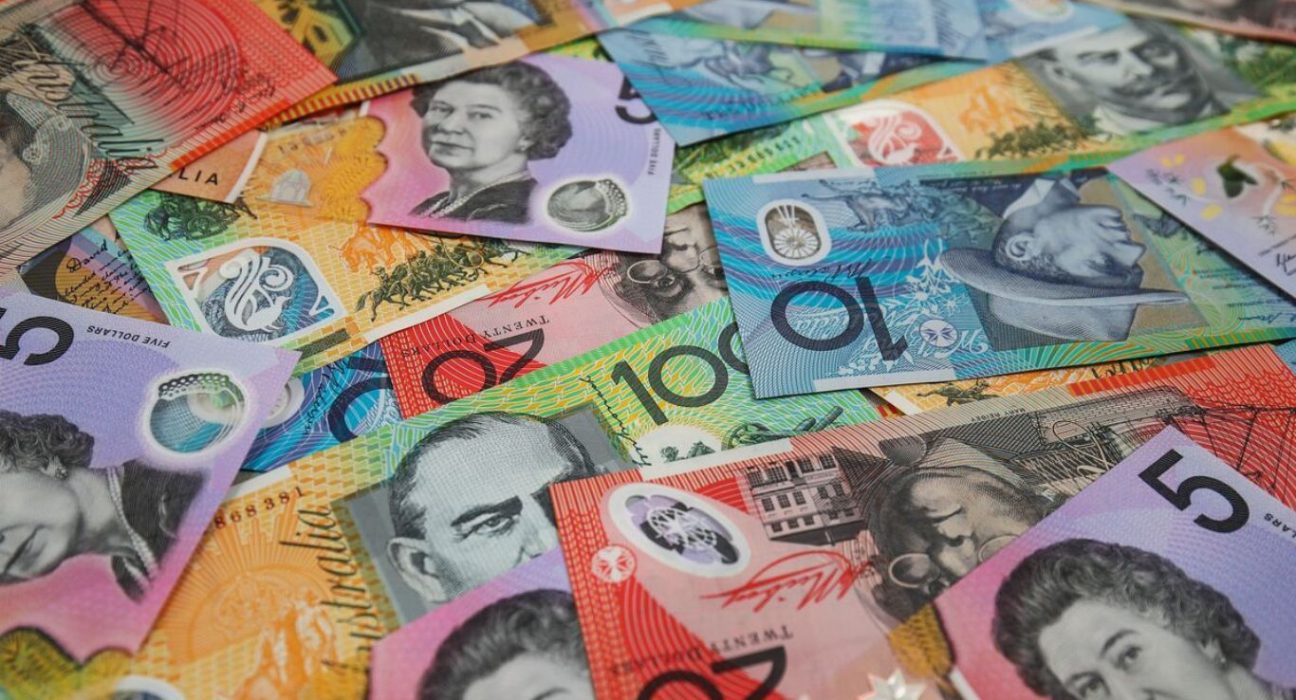The Australian dollar has demonstrated resilience by experiencing a significant 0.3% increase, defying weak economic signals. Market participants have remained optimistic about the Reserve Bank’s plan for future rate hikes, emphasizing the significance of monetary policy decisions over short-term economic fluctuations.
Weak Economic Signals Evident in April Data
Recent data released in April revealed concerning contraction in Australia’s exports and trade balance, raising questions about the nation’s overall economic performance. Analysts are closely monitoring the potential consequences of these weak economic signals.
Export Figures Indicate Shrinking Trend
April’s export data revealed a notable decline, contributing to the overall contraction in the trade balance. This decline highlights the challenges faced by Australia’s export-oriented sectors amidst global uncertainties and shifting market dynamics. A comprehensive examination of the country’s export strategies becomes imperative in understanding the reasons behind this decline.
Trade Balance Strains Emerge
The trade balance, a crucial indicator of economic health, experienced contraction in April. The diminishing trade surplus signifies reduced demand for Australian goods and services on the international stage. Policymakers must thoroughly assess the factors influencing this decline and implement measures to revitalize the country’s trade balance, ensuring sustainable economic growth.
Rate Hike Expectations Bolster Australian Dollar
Despite weakened economic signals, the Australian dollar gains support from optimistic expectations of further rate hikes by the Reserve Bank. This sentiment reflects investors’ belief that tightening monetary policy will positively impact the currency’s value. The realization and implications of these expectations will shape Australia’s economic landscape moving forward.
Reserve Bank’s Role in Shaping the Australian Dollar
The Reserve Bank of Australia plays a pivotal role in setting monetary policy, which directly influences the value of the Australian dollar. Market participants closely monitor the central bank’s decisions, particularly regarding interest rates and future rate hikes. Expectations of further rate increases prompt investors to position themselves favorably, anticipating potentially higher returns, leading to the recent appreciation of the Australian dollar.
Balancing Economic Signals and Monetary Policy
The contrasting impact of weak economic signals and rate hike expectations on the Australian dollar highlights the delicate balance policymakers and investors must navigate. While economic indicators provide insights into current performance, monetary policy decisions hold long-term effects on the currency. Striking the right balance between short-term stability and long-term growth prospects poses a significant challenge.
Long-Term Implications for Australia’s Economy
The combination of weak trade data and the potential for future rate hikes raises questions about the trajectory of Australia’s economy. Balancing the need for sustainable growth with external challenges, such as global trade tensions and geopolitical uncertainties, remains a priority. The government, along with the Reserve Bank, must navigate these complexities and develop strategies to enhance export competitiveness, stimulate domestic demand, and attract foreign investment.
Policymakers must exercise vigilance in monitoring these economic developments to gain a comprehensive understanding of the underlying causes. The decline in exports signifies the difficulties faced by Australia’s export-oriented industries, particularly in the midst of global uncertainties and shifting market dynamics. It becomes crucial for policymakers to conduct a thorough examination of the country’s export strategies and identify measures to address the challenges faced by these sectors.
Furthermore, the diminishing trade surplus raises concerns about reduced demand for Australian goods and services on the international stage. Policymakers should closely assess the factors contributing to this decline and implement targeted measures to revitalize the country’s trade balance. By stimulating export competitiveness and exploring new markets, Australia can mitigate the impact of global trade tensions and geopolitical uncertainties.
It is imperative for policymakers to strike a balance between short-term economic stability and long-term growth prospects. They must carefully weigh the implications of monetary policy decisions alongside economic indicators. By aligning fiscal policies with market expectations and addressing external challenges, such as trade tensions, policymakers can foster a resilient and sustainable Australian economy.
In summary, while the Australian dollar’s rise reflects market optimism driven by expectations of rate hikes, policymakers must address the challenges posed by weak economic signals. By closely monitoring economic developments, analyzing underlying causes, and implementing appropriate measures, Australia can navigate the evolving global dynamics and ensure a robust and resilient economy for the future.










